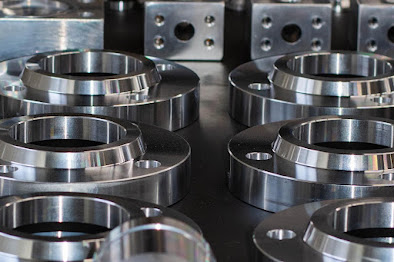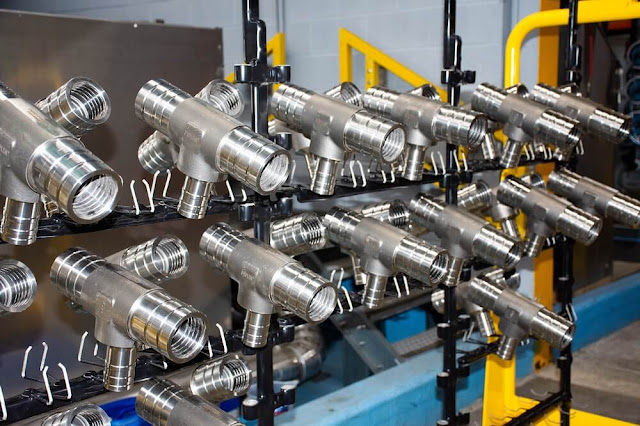What is Electrolytic Plating and why is it good for your auto parts?
Most industries and auto part companies use Iron and Steel to manufacture their machine components.
Summary:
Most industries and auto part companies use Iron and Steel to manufacture their machine components. While iron and steel are strong, they are prone to rust because of their chemical make-up. Technically speaking, oxidation occurs when iron rusts. As a result, the metals corrode, fatigue, and degrade as the rust develops. Zinc is used to cover metal components to slow down the oxidation process and ensure that they last longer. Zinc is also used in the iron and steel galvanizing process, which uses almost half of all zinc mined. Here we are going to discuss in detail about electrolytic plating.
Body:
What is Electrolytic Plating or Electroplating?
It is a process in which metal is deposited onto a conductive surface through an electrochemical reaction. In the simplest sense, it transfers metal from one object to another by passing an electric current through them. It's been around for more than 150 years and has many uses in industry, most notably with electronics and automobiles.
However, zinc alone has a hardness of 100 HV, which is insufficient for today's needs for high corrosion resistance. Mixing nickel into zinc boosts the material's strength to 400 HV. The additional strength would be enough to make nickel-zinc plating coating the standard in the metal industry, but the alloy also comes with other advantages. The Zn-Ni combination is one of the versatile methods to protecting your machine parts that many companies offer specialized Zinc nickel plating services.
According to an experiment by Nickel Institute, it was found that Zn-Ni combination was highly effective against corrosion compared to other Zinc combinations such as Zinc-Cobalt, Zinc-Iron.
What are the benefits of electrolytic plating?
1. It is more environmentally friendly than other metal plating methods
It uses less harmful chemicals and produces fewer toxic byproducts, which means that the electrolytic process has a much lower impact on workers in a Zinc plating company and the environment.
2. It is corrosion resistant
Electrolytic plating forms a very thin coating on the metal, making it extremely resilient to wear and tear, making it excellent for parts subject to harsh conditions or extreme temperatures.
3. It is highly versatile
Electrolytic plating can be applied to a wide range of materials, including aluminum and nickel alloys used in aerospace applications and steel or zinc surfaces for construction equipment parts.
4. It is cost-effective
Electrolytic plating costs less than nickel or chrome plating, and it can be used in Gold (Au) or Silver (Ag) electroplating without the need for an external current supply. It's also extremely long-lasting; depending on what metal you're using, the electrolytic coating will last anywhere from five to twenty years with standard use.
5. It is easy to use
Electrolytic plating only requires the presence of a spare piece of metal, so it doesn't require external power or machinery. You can do this process on your kitchen stovetop! It's also extremely quick; an entire part can be coated in under two minutes with no additional equipment needed beyond what you'd need for standard electroplating processes.
6. It is perfect for prototyping
Almost every Zinc nickel plating company use this method to create a prototype or model, fully functional metal part. This makes it an excellent choice when you need to test your design ideas before committing them to mass production with another process like injection moulding or lathing.
Conclusion:
Why Choose Electroplated Parts?
Many businesses choose parts made through electrolysis instead of other processes because they stand up better against corrosion and abrasion, which means they won't get worn out quickly like parts coated by some spray methods. In addition, because these coatings are more tamper-proof than paint finishes, electroplated parts are also great for safety-critical components such as brake pads and engine parts.



Comments
Post a Comment